The contractor paid the sub-contractor R28,000 for the job and invoiced Tshwane R230,000.”
It could be testimony from the Zondo Commission Part Two — yet more tales of corruption within government departments.
Snyman says this is just the tip of the iceberg.

The Human Rights Commission (SAHRC) has had its eye on Tshwane for a while. In 2019, the water in Hammanskraal — long a stretch of township serviced by Snyman’s Rooiwal plant — was declared unfit for human consumption by the Commission, based on findings by the CSIR.
“My domestic worker would bring me a two-litre cooldrink bottle filled with water,” says Snyman. “At the end of the day, there were two to three centimetres of sediment, sludge, at the bottom.
“Farmers are producing crops with that vrot water… we’re buying those crops. In 2009 it was declared a disaster area. And in 2011 again… and I think in 2017.”
This most recent recommendation for a national disaster to be declared was made in the SAHRC’s October report on the Gauteng provincial inquiry into the sewage pollution of Tshwane rivers and the Roodeplaat Dam.
But it’s not just around Hammanskraal and the Hennops and Jukskei rivers — this is a countrywide problem.
Just this past week, a high court gave the Eastern Cape government and the national government two weeks to indicate how they will assist with the water delivery plans of the Amathole district municipality.
The often-reported threat to the integrity of our rivers and dams has, by sheer lack of action, been ignored by the Department of Water and Sanitation (DWS), leaving this literally life-giving resource in a largely arid country in a precarious position.
This follows almost weekly drip-feed reports of failing or disintegrating infrastructure across South Africa — from Lydenburg, Zoar and Cradock to Koster, Butterworth, Pretoria and Potchefstroom. WhatsApp activist accounts are full of images of dead fish in green muck and raw black sewage flowing into rivers and down township streets.
Given the fact that in April this year more than half of the country’s wastewater treatment works (WWTW) were on life support, the SAHRC’s call for the declaration of a national disaster was a no-brainer.
How did we get here?
While it’s not that simple, incompetence, incapacity and inability would be among the answers some would give if asked how South Africa had reached this point.
Mariette Liefferink, one of South Africa’s foremost water (and mining) activists — and who has the diplomatic patience of the biblical Job and the determination of a Doberman, plus activist blood coursing through her veins — has no interest in moving to Perth or anywhere else. She would see hope in the last sputtering spurts of a sewage treatment plant.
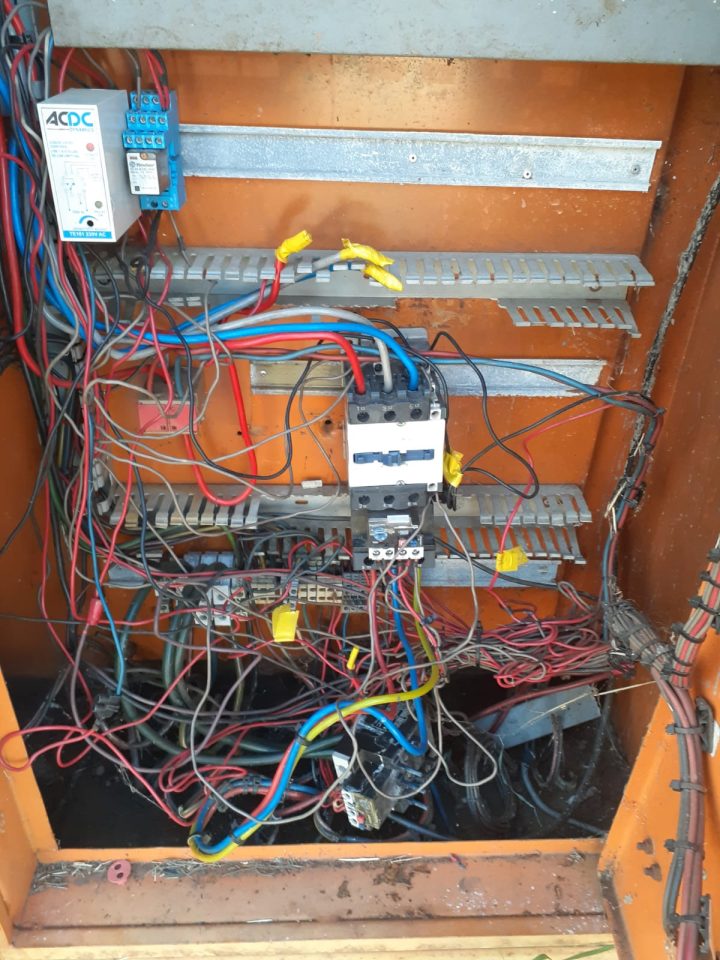
Excited at the beginning of October — having been granted a prompt audience with the new king on her professional block, Water and Sanitation Minister Senzo Mchunu — Liefferink says that in a matter of months she has been driven to the brink of despair.
Hope floats then sinks
“Our first meeting with the minister inspired hope, but since then there has been no response to our requests for information and issues of concern… we have become sober to the fact that it may be business as usual.”
Previous DWS ministers — Nomvula Mokonyane, Gugile Nkwinti and Lindiwe Sisulu — had, at best, failed to deal with water and sanitation challenges. At worst, their inaction facilitated the destruction of a largely arid country’s critical water supply.
One of the low points of their combined reign saw the dairy firm Clover moving its entire operation from Lichtenburg in North West to its plant outside Durban in order to access functioning infrastructure and a consistent water supply.
An activist with knowledge of water resources and challenges, Liefferink provides a detailed list of engagements with the DWS throughout October 2021, where she and other concerned citizen groups, including professionals, hoped to address critical concerns about failing WWTW and increasing sewage in our waterways.
She speaks of being allowed “one-minute presentations’’, key stakeholders being ignored and conference venues being changed at the last moment.
Plans, dams and empty promises
As an example of what could be seen as an utter lack of organisation, she mentions the department’s notification at 4.20pm on 5 October of a meeting with DWS Minister Senzo Mchunu and his deputy on 7 October.
“The venue was then changed from the Roodeplaat Training Centre to the Gallagher Convention Centre at short notice, which resulted in some stakeholders travelling to Roodeplaat and incurring wasted costs.”
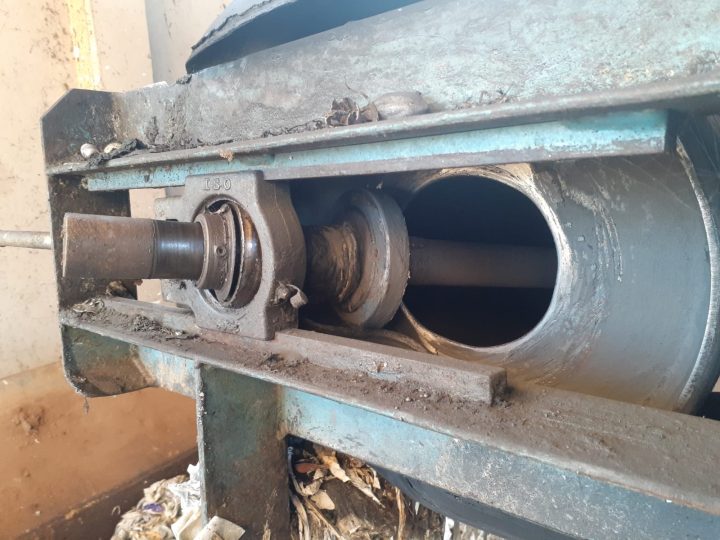
The inconvenience, seeming lack of planning and unprofessionalism aside, this brings to mind former Rooiwal plant manager Snyman’s comment about the Roodeplaat, Sunderland Ridge, Bronkhorstspruit, Baviaanspoort and Klipgat wastewater treatment works: “They’re all buggered.”
In June, Snyman, an active contributor to the citizen activist group focusing on water, ARMOUR (Action for Responsible Management of Our Rivers), with colleagues Erica Bergman, Tumelo Koitheng, Kobus Fell and Helen Jacovides — launched the National Water Monitor as a non-profit organisation, with the intention of assisting authorities to monitor the management of the country’s WWTW.
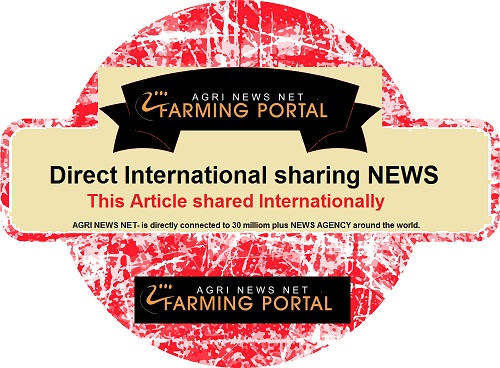
A Roodeplaat property owner, Fell says the dam’s contaminated water, registering high nutrient levels caused in large part by raw sewage — has resulted in an infestation of hyacinth. He says an international rowing regatta planned for 2023 will probably not take place.
“The (rowing) course is completely destroyed.”
This could well shed light on Liefferink’s complaint about the department’s last-minute location change. It might not be best to hold a meeting with aggrieved stakeholders at a polluted dam where sporting events have made way for floating solid effluent.
Many plans were proposed and promises made, says Liefferink, “yet communities continue to stand knee-deep in raw sewage”.
 How to provide safe water to billions of people by 2030
How to provide safe water to billions of people by 2030
Andrew Barker is familiar with raw sewage. A development consultant, town planner and founder and chairman of the Klipriviersberg Sustainability Association — which focuses on the protection, promotion and enhancement of the natural assets and biodiversity of Joburg south — Barker is highly regarded by some significant figures in the government’s water affairs hierarchy.
He says that while the SAHRC report focuses on the symptoms of the failing WWTWs and the subsequent pollution of our water resources, it is the causes that need to be addressed.
Cause versus symptom
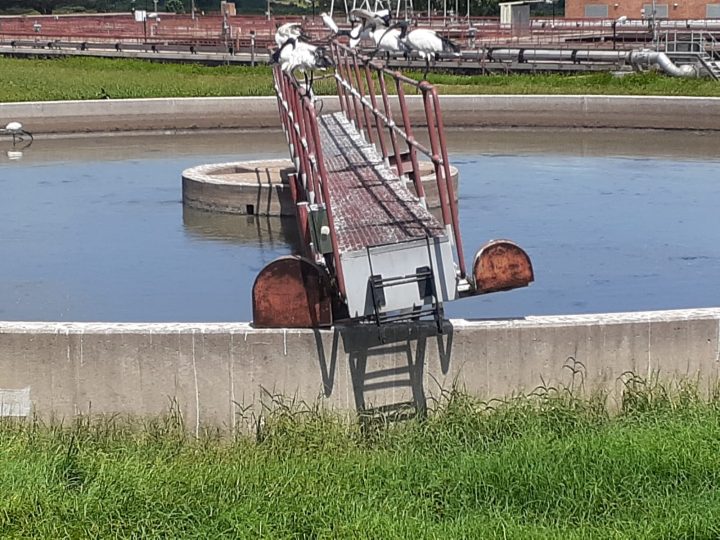
“The real problem and cause are the failing local authorities and their systemic failure of infrastructure planning, development, management and maintenance.
“The local authorities and their pollution of our water resources are the national disaster.”
Barker says he believes that budgetary allocations and determination of priorities are not based on the realities and practicalities of infrastructure development, management and maintenance.
“Populist political agendas often determine final decisions on budget allocations, and result in the misallocation of essential funding for infrastructure, including wastewater treatment works, ignoring sound, realistic and practical engineering and scientific reasons for budget allocation.”
Barker speaks of budget allocations for capital and operating infrastructural projects not fully used within the financial year periods, with the unspent money being reallocated to other perhaps less essential projects — “lost for infrastructural development, maintenance and repairs”.
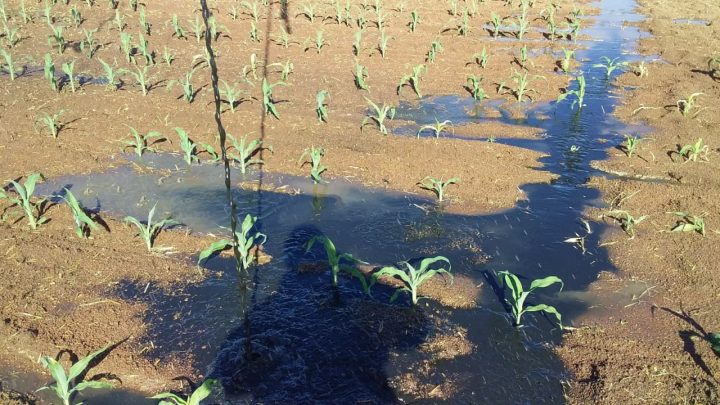
At the Water Research Commission (WRC), Jay Bhagwan, the executive manager for water use and waste management, says Barker’s statement “is a bit loaded… a lot of municipal infrastructure grant allocation and funding has gone to WWTW.
“As per WRC reports,” says Bhagwan, “poor engineering decisions… have contributed to the failures.”
He says the assumption that WWTW issues only arose post-apartheid is incorrect. “The problems have always been there… it is just that they were made invisible.”
Maintenance, repairs and housing estates
Barker points to municipalities ignoring the Municipal Finance Management Act as just one reason for the collapse of infrastructure.
“National Treasury requires municipalities to provide 8% of the value of their property, plant and equipment for repairs and maintenance… (yet) the City of Johannesburg has provided 4.1%, 4.7% and 3.7% for their financial years from 2017/18 to 2019/20.”
A look at the Johannesburg 2021-22/2023-24 final budget book reveals continued under-provision in the budget for the next three years, of 4.7%, 4.6% and 4.6%.
Responding to Barker’s claims, City of Johannesburg spokesperson Nthatisi Modingoane says the 8% figure is a “guideline”, and that the city “does not neglect repairs and maintenance”.
Modingoane, who laughs when confirming that overseas (council) trips “don’t happen any more”, speaks of limited resources and “the balancing act required in developing the city’s budget, based on the multiple competing needs”.
Included in the needs of city metros are thousands of residents in numerous housing estates and suburbs that have sprung up in the past 20 years. Snyman says that when excessive hydraulic load (sewage) is added on to the plant, it needs to be expanded, and that housing estates on the periphery of cities are part of the problem.
“Land that people once farmed on now has a few hundred units. That is causing some of the problems, as are the informal housing developments, especially on rivers.”
With the burgeoning informal populations of Cape Town and the Johannesburg-Pretoria conurbation making increasing demands on the cities’ abilities to provide employment, let alone clean water and energy, such concerns are a reality.
“Urban sprawl has been promoted by all levels of government,” says Barker. Rather than upgrading areas like Berea, Hillbrow and Turrfontein, all in a state of decline, the town planner says the city continues to expand its footprint outside the urban boundary, where it owns land, requiring extensive expansion of infrastructure networks that will need maintenance in the future. And they’ll need water. Lots of it.
Who’s the boss?
When metros and municipalities cannot cope, there is provision for the DWS to step in. But, Liefferink says, the department seems reluctant to admonish, let alone issue a punishing directive against a municipality or department.
She shared some of the questions intended for the DWS deputy minister at a meeting on 7 October, including directives made by the Human Rights Council:
A. What is the DWS’ status of compliance with the SAHRC’s directives, namely,
i. The DWS to contract skilled people for the implementation of the DWS National Plan (April 2021).
ii. Officials in non-compliance with legislation to be dismissed.
iii. Corruption to be referred to the Public Protector and SAPS.
B. What are the DWS’ plans for the rehabilitation of the Vaal Barrage, the degraded wetlands and the ecosystem?
C. How will the DWS address the disconnect between the development of informal and formal housing within the Vaal, and sanitation services and the capacity of wastewater treatment works?
D. The FSE furthermore advised the Deputy Minister that it has appointed two independent biodiversity experts who are conducting bio-monitoring of the Vaal Barrage. FSE offers the results of this biomonitoring programme to the DWS.
Despite doing valuable work for the department as in (d) above, and the rapidly deteriorating water quality in the Vaal alone, Liefferink received no response.
“I think all the meetings and apparent engagements were actually typical of an election month.”
People and parties
Liefferink says a number of issues she has raised, such as corruption and (non) compliance, are connected to staff within the DWS and the provincial and local authorities, which include the treatment works. It’s a point corroborated by Snyman, who describes how budgets for maintenance were inflated so that political kickbacks could be paid.
Snyman says no maintenance is done at the plants he’s worked at, and he has no reason to think it’s any different elsewhere in the waterworks system.
Barker, too, raised concerns regarding the “competency, capability and coping ability of the people”, including — some would say especially — politicians and officials in local authorities.
“Their ability to perform and deliver based on appropriate qualifications, experience and knowledge is resulting in inadequate and unacceptable performance regarding complex systems and processes.”
He speaks of “shortcuts”, ignoring policies, legalities and processes through a lack of understanding and expertise, points that dovetail with Corrie Snyman’s experience at various Pretoria treatment works.
The good news and solutions
Snyman says if 20% of the equipment needed to clean the water at the Rooiwal plant is working, he will eat his hat. He says the present maintenance manager “knows as much about maintenance as my little dog… I’m sorry, but he’s a process guy. Knows nothing about fitters and turners and how to assess situations.”
But he says there is good news. “They do not need to spend billions… they need to do maintenance. If they spend the R22-million provided in the budget for maintenance, on maintenance, it can be running at 60%. And the water will be good enough.”
The Water Research Commission’s Bhagwan offers similar thinking around costs, suggesting a “relaxation in the standards in these resource-challenged areas so that low-cost, appropriate and affordable systems can be installed”.
Just as Daily Maverick was previously informed when writing about the state of the Hennops River — that small-cost solutions aren’t entertained by municipalities putting out tenders — so Bhagwan confirms that “the problem is everyone feeds off the big budget, high-end solutions”.
Barker speaks of the “exceptions” to what has become the rule, of “highly competent public servants and professionals who are thwarted and frustrated by their environment, management and political decision-making”.
He says the city has to prioritise basic service delivery in its budgets, to engage in “serious cost-cutting” and collaborate and partner with the private sector.
Snyman, with his 30 years’ experience of running maintenance at plants around Pretoria, says “90% of the problems with our WWTW, anywhere in South Africa, are management and maintenance of equipment, by people with the right qualifications and skills”.
The solution couldn’t be easier, and although it might put her out of a job, it would make Liefferink far happier
















